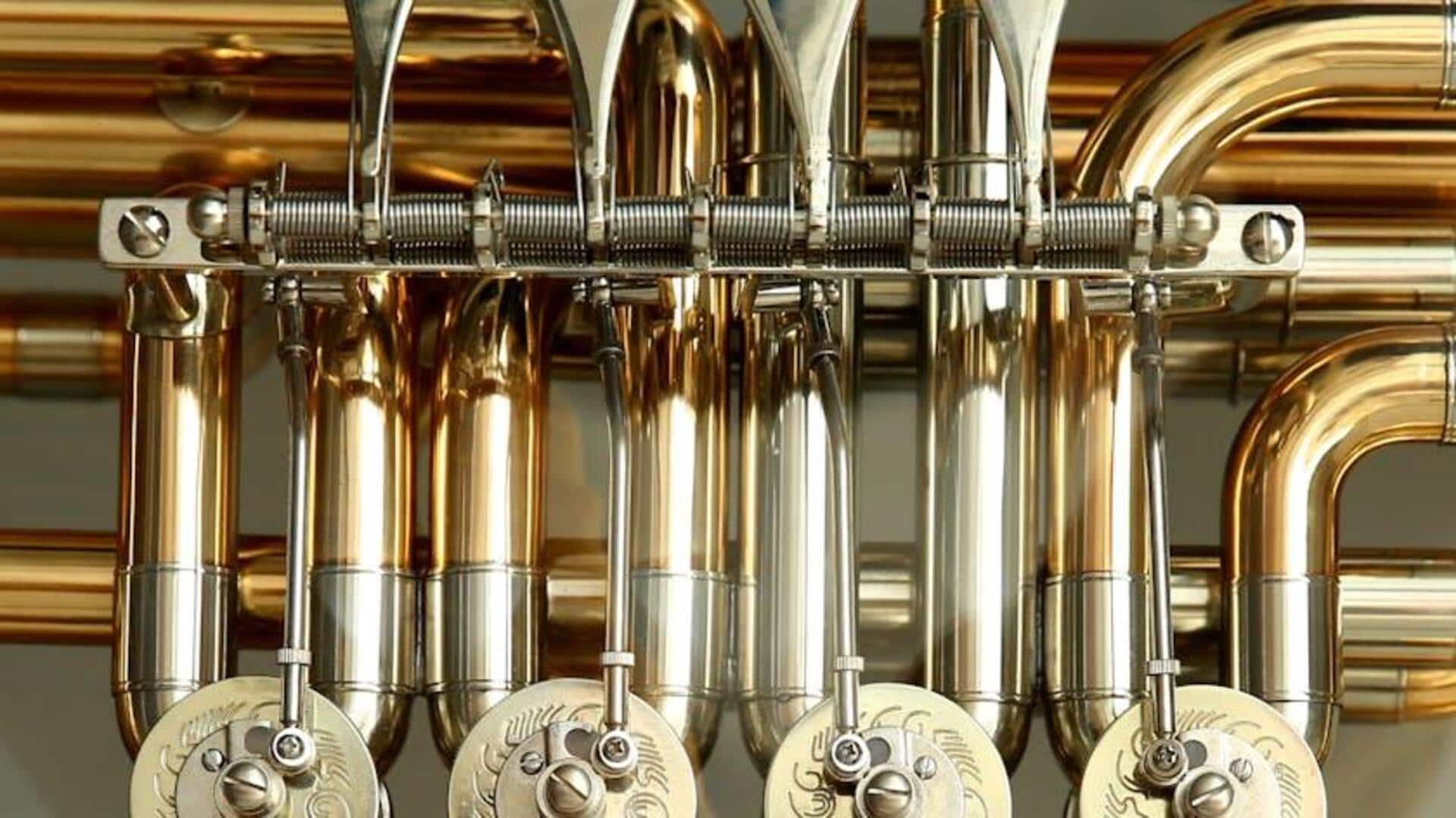
Trumpet tips: 5 simple exercises for faster fingerwork
What's the story
Increasing finger speed on the trumpet is essential for playing fast passages and complex pieces with ease. This article presents five effective valve exercises that will help you develop agility, strength, and coordination in your fingers, ultimately improving your overall playing technique. These exercises are perfect for trumpet players of all levels aiming to polish their skills.
Basics
Start with basic finger patterns
Start by practicing simple finger patterns without the trumpet. Tap your fingers on a table or any flat surface, imitating the motion of pressing the valves. Start slow with patterns like one-two-three-two-one (where one is the first valve and so on), then gradually increase your speed while keeping it rhythmic. This will build your muscle memory and dexterity.
Scales
Scale sequences on trumpet
Add scale sequences to your practice routine. Playing scales isn't just about building finger speed; it also helps you understand music theory and intonation. Start with major scales, cycling through all 12 keys at a comfortable tempo. Concentrate on clean valve transitions, prioritizing clarity and precision in each note before gradually increasing speed.
Spider
The spider exercise
The spider exercise is a technique for practicing non-sequential valve combinations to develop finger independence and coordination. For instance, work on pressing down valves one and three simultaneously, then two by itself, and finally two and three together. Start slowly with this exercise, prioritizing fluid transitions between combinations before gradually increasing the tempo.
Metronome
Use of metronome for timing precision
Practicing with a metronome is crucial as it helps cultivate precise timing and rhythm in addition to finger speed. Start with the metronome set to a slow tempo, concentrating on aligning your valve presses exactly with each beat. As you gain confidence, incrementally raise the speed of the metronome. Push yourself to sustain accuracy even at increased speeds.
Flexibility
Incorporate flexibility exercises
Finally, flexibility exercises with quick fingering changes can greatly improve agility. A common exercise is to play arpeggios or broken chords in different keys. Start slowly to focus on accurate note production and fingering, then gradually increase speed. This allows you to maintain control over tone quality while practicing rapid fingering changes, making it a key exercise for developing fast and precise finger movements on the trumpet.